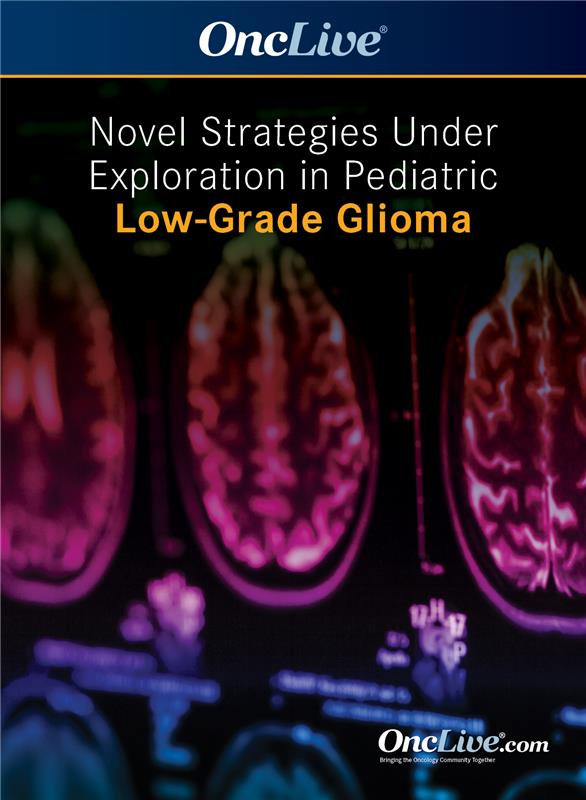Dr Wen on the Evaluation of Tovorafenib in Young Patients with Low-Grade Glioma
Patrick Y. Wen, MD, discusses the efficacy of the pan-RAF inhibitor tovorafenib in children and young adults with low-grade glioma and highlights the importance of continual clinical research in this disease.
Patrick Y. Wen, MD, director, Center for Neuro-Oncology, institute physician, Dana-Farber Cancer Institute, professor, neurology, Harvard Medical School, discusses the efficacy of the pan-RAF inhibitor tovorafenib (DAY101) in children and young adults with low-grade glioma and highlights the importance of continual clinical research in this disease.
The phase 2 FIREFLY-1 trial (NCT04775485) enrolled patients aged 6 months to 25 years with RAF-altered tumors who exhibited radiographic progression on at least 1 prior systemic therapy. Arm 1 (n = 77) included pediatric patients with low-grade glioma expressing a confirmed activating BRAF alteration, such as a BRAF fusion or a BRAF V600 mutation. Arm 2 (n = 60) included pediatric patients with low-grade glioma harboring a known activating RAF alteration, such as BRAF or CRAF/RAF1 fusions or BRAF V600 mutations. Arm 3 continues to enroll patients with locally advanced or metastatic solid tumors who harbor an activating RAF fusion, and whose disease relapsed, progressed, or proved unresponsive onavailable therapies.
During both the 2023 ASCO Annual Meeting and more recently, the 2023 SNO Pediatric Neuro-Oncology Research Conference, investigators shared efficacy and safety findings from the 3-arm study. The overall response rate (ORR) with tovorafenib was 67%, with a clinical benefit rate (CBR) of 93% per RANO high-grade glioma criteria. The ORR according to the RANO low-grade glioma criteria was 53%, and the CBR was 61%.
Wen states that these data are promising, as there is a persistent unmet need for effective treatments in low-grade gliomas with BRAF fusions. First-generation BRAF inhibitors have proved ineffective and sometimes even exacerbated tumor growth acceleration in certain patients, he explains. However, the emergence of type 2 BRAF inhibitors, like tovorafenib, has proven to be successful, Wen emphasizes.
Response rates for patients with low-grade glioma continue to be high and durable, Wen states. This is important because gliomas are often associated with poor prognosis, despite being considered a relatively rare tumor type, he adds. Moreover, lower-grade gliomas predominantly affect young adults, underscoring the need for effective options, Wen imparts.




